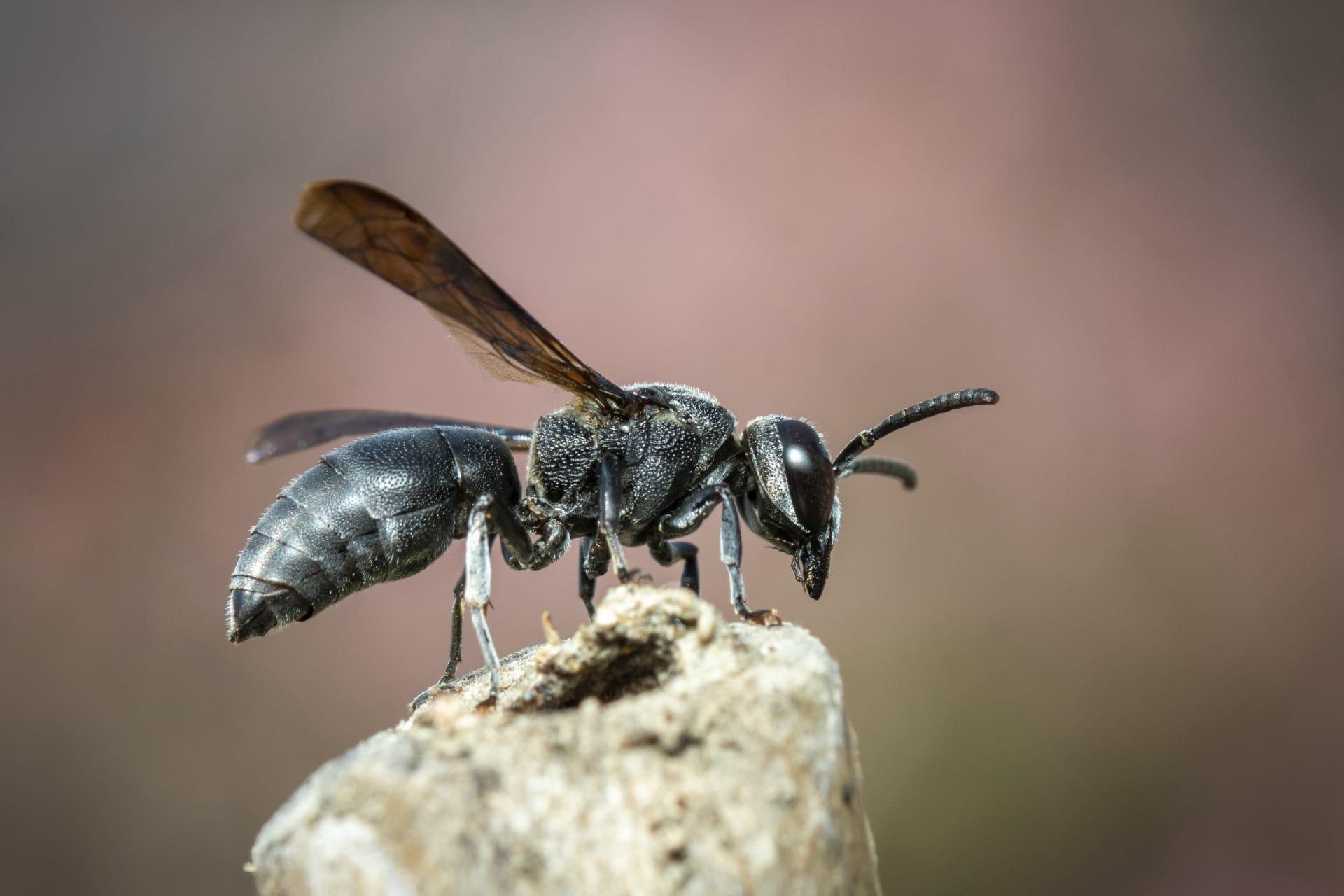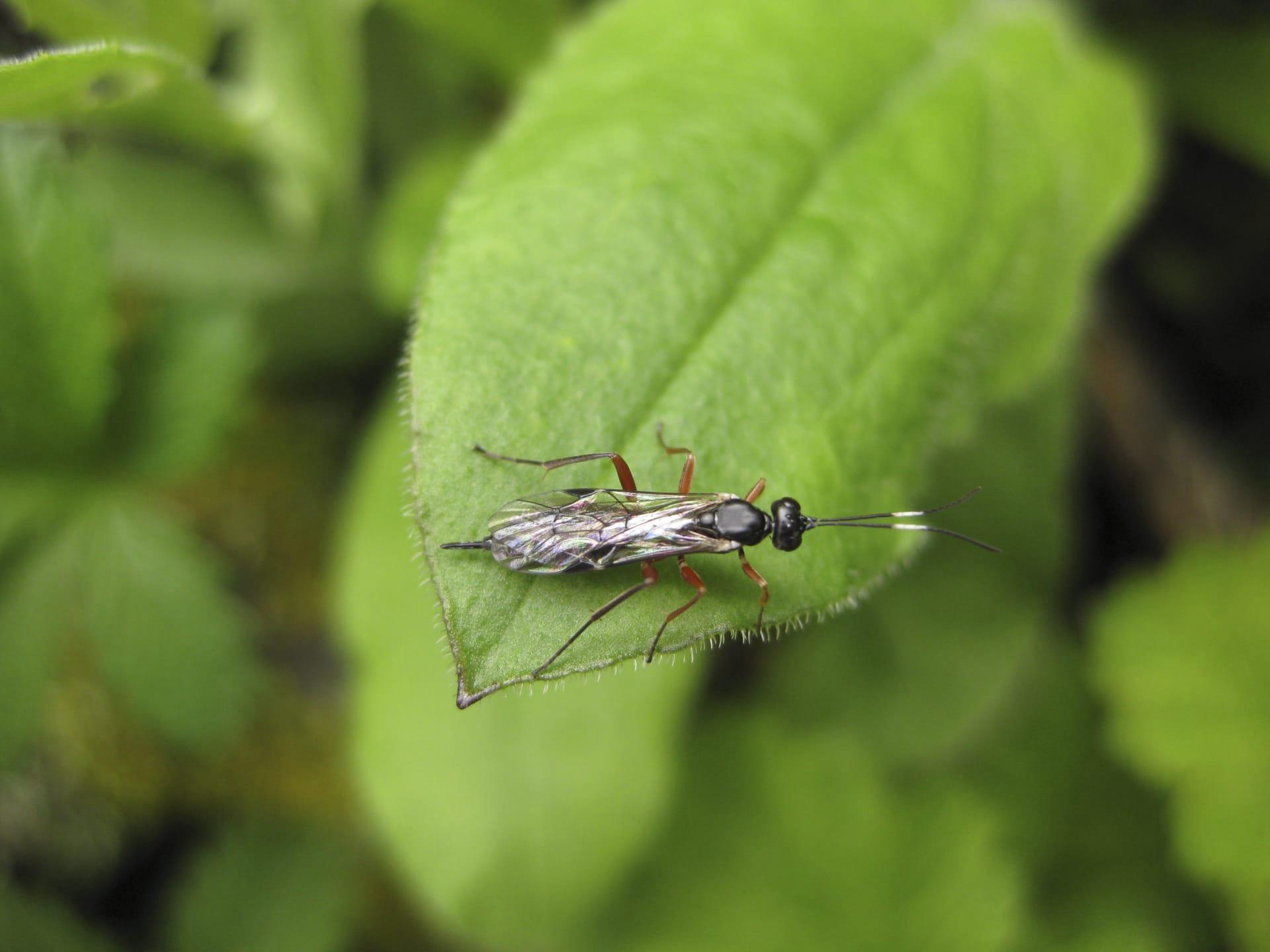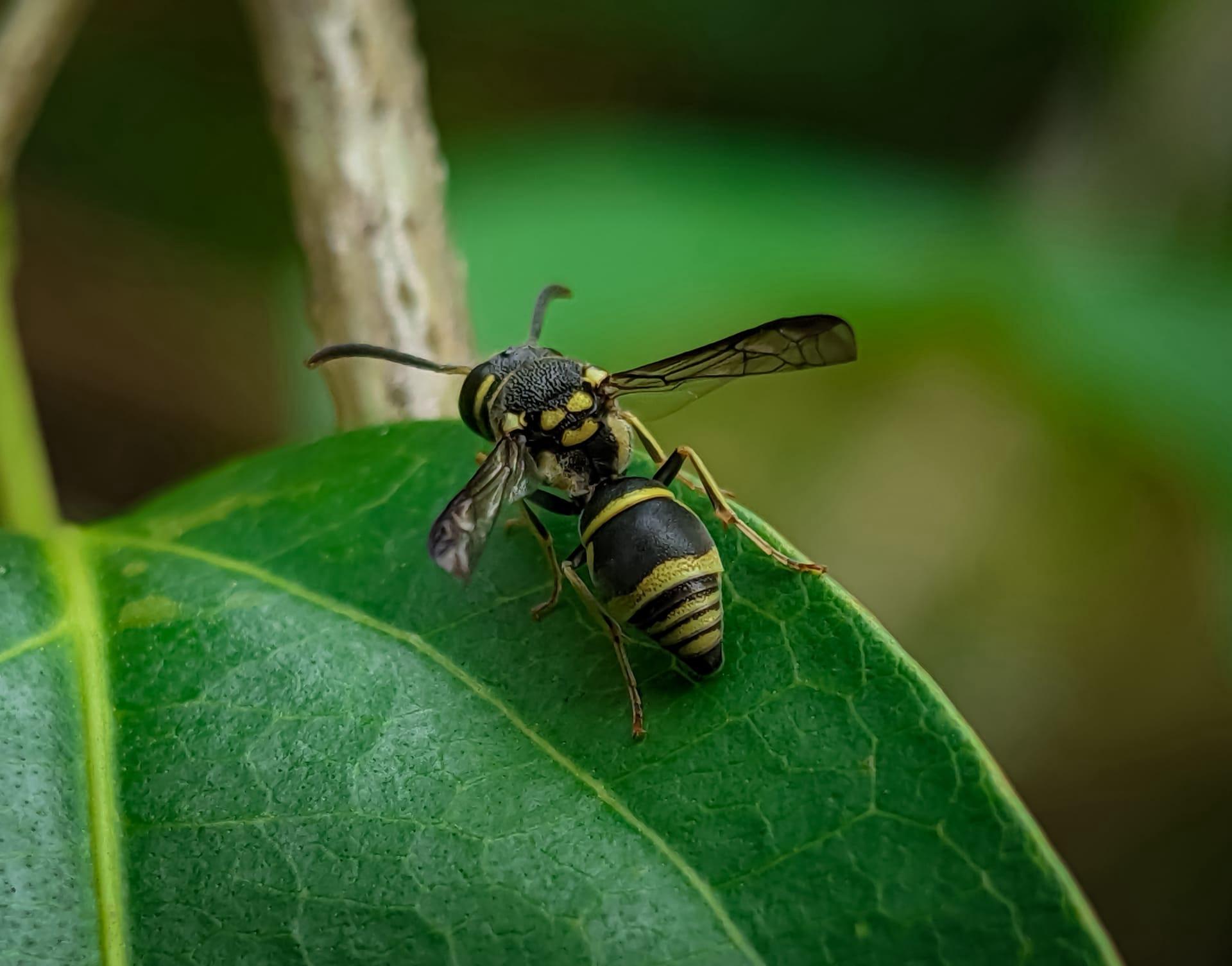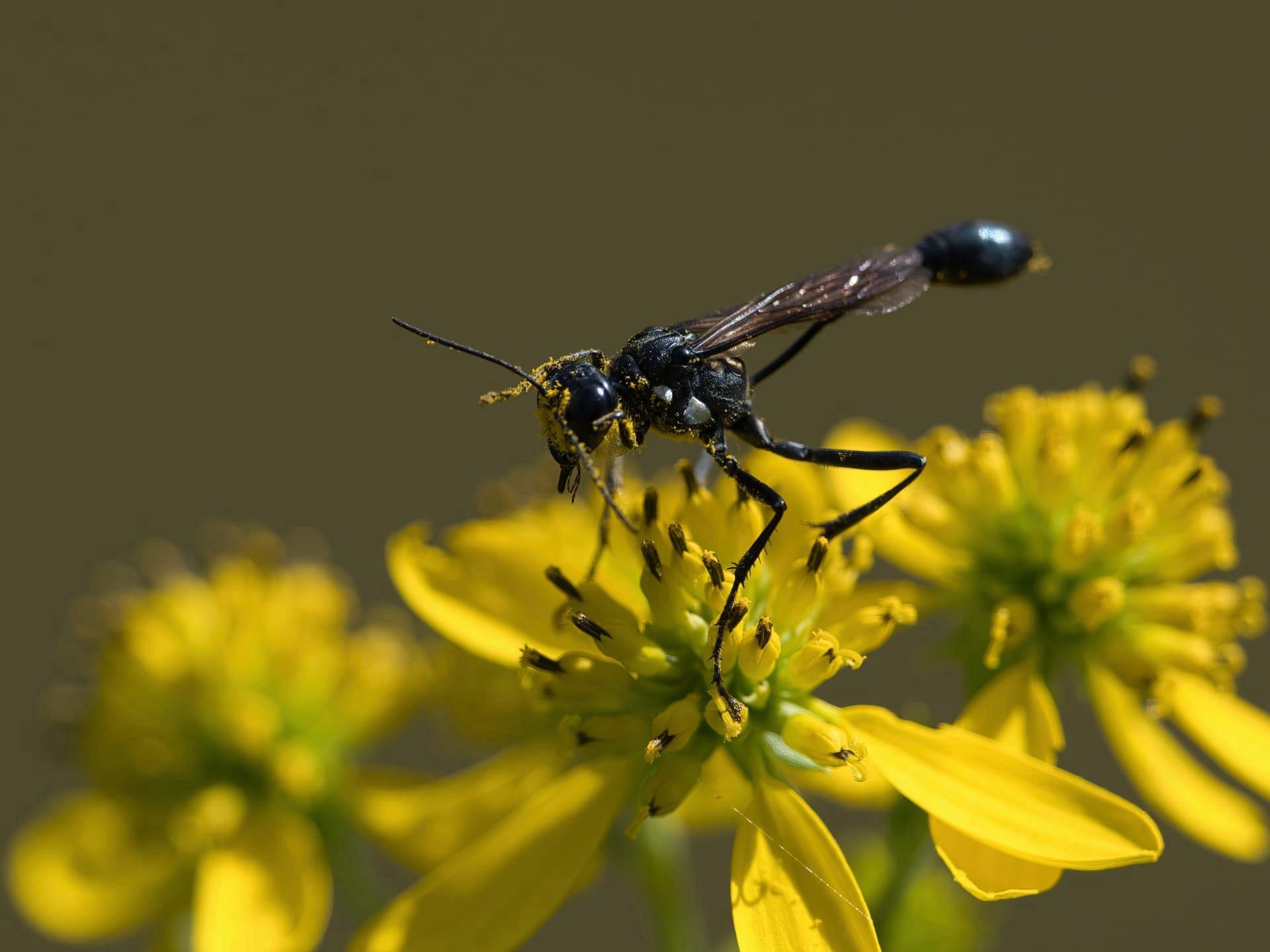Black Wasp Trivia
- Home /
- Trivia Question /
- Animal /
- Black Wasp Trivia
1
Question: What distinguishes the black wasp from other wasp species in terms of appearance?
Answer: The black wasp, scientifically known as Sphex pensylvanicus, stands out with its striking predominantly black body. It's accented with narrow yellow markings on the abdomen. Adult black wasps measure about 1 to 1.5 inches (2.5 to 3.8 cm) in length. They possess slender, elongated bodies, a characteristic waist between thorax and abdomen, and long, spindly legs, which differentiate them from other wasps.
Question: How does the diet of a black wasp differ from other wasps?
Answer: Unlike some wasp species that feed on nectar or other insects, adult black wasps predominantly feed on nectar. However, they are best known for their hunting prowess. They hunt caterpillars, spiders, and other insects to feed their larvae. The adult wasp paralyzes its prey with a sting, then carries it to the nest to serve as live food for the larvae.

2
Question: Is it true that black wasps are highly aggressive and dangerous to humans?
Answer: Contrary to popular belief, black wasps are not as aggressive as some other wasp species. They generally avoid human interaction and only sting when provoked or threatened. Their sting is painful but usually only poses a risk to individuals with specific allergies to insect stings.
Question: Do black wasps pose a threat to crops and gardens?
Answer: Another misconception is that black wasps are harmful to gardens and crops. In reality, they play a beneficial role by controlling caterpillar and spider populations, which are common pests in gardens. Their presence can actually contribute to the health of a garden ecosystem.

3
Question: How do black wasps construct their nests, and where are they typically found?
Answer: Black wasps are solitary creatures and build individual nests. They often select sandy or loose soil to dig burrows. These nests consist of a main tunnel with several chambers, each housing a single larva. You might find these nests in well-drained, sunny areas like gardens, meadows, or along the edges of forests.
Question: What is the life cycle of a black wasp, from egg to adult?
Answer: The life cycle of a black wasp is fascinating. It begins as an egg, laid in a chamber with a paralyzed insect for the larva to feed on. After hatching, the larva consumes the provided food, pupates in the chamber, and emerges as an adult. This process from egg to adult typically spans several weeks, depending on environmental conditions.

4
Question: Do black wasps play any role in pollination?
Answer: Yes, black wasps contribute to pollination. While feeding on nectar, they inadvertently transfer pollen from one flower to another, aiding in plant reproduction. Their role in pollination, though not as significant as bees, is still beneficial to the ecosystem.
Question: Can black wasps be beneficial for pest control in agriculture?
Answer: Absolutely. Black wasps are natural predators of many agricultural pests, including caterpillars and spiders. Farmers and gardeners often appreciate their presence as they help in controlling pest populations naturally, reducing the need for chemical pesticides.

5
Question: How does the black wasp's hunting method benefit its offspring?
Answer: The black wasp's hunting method is a remarkable example of nature's efficiency. By paralyzing and storing live prey in their nests, they ensure a fresh food supply for their larvae. This method prevents the prey from decomposing, providing the larvae with nutritious and fresh food as they develop.
Question: Are there any environmental factors that significantly impact the population of black wasps?
Answer: Yes, environmental factors like habitat destruction, pesticide use, and climate change significantly impact black wasp populations. Loss of natural habitats reduces their nesting sites, while pesticides can kill not only their food sources but also the wasps themselves. Climate change can also affect their life cycles and the availability of their prey.